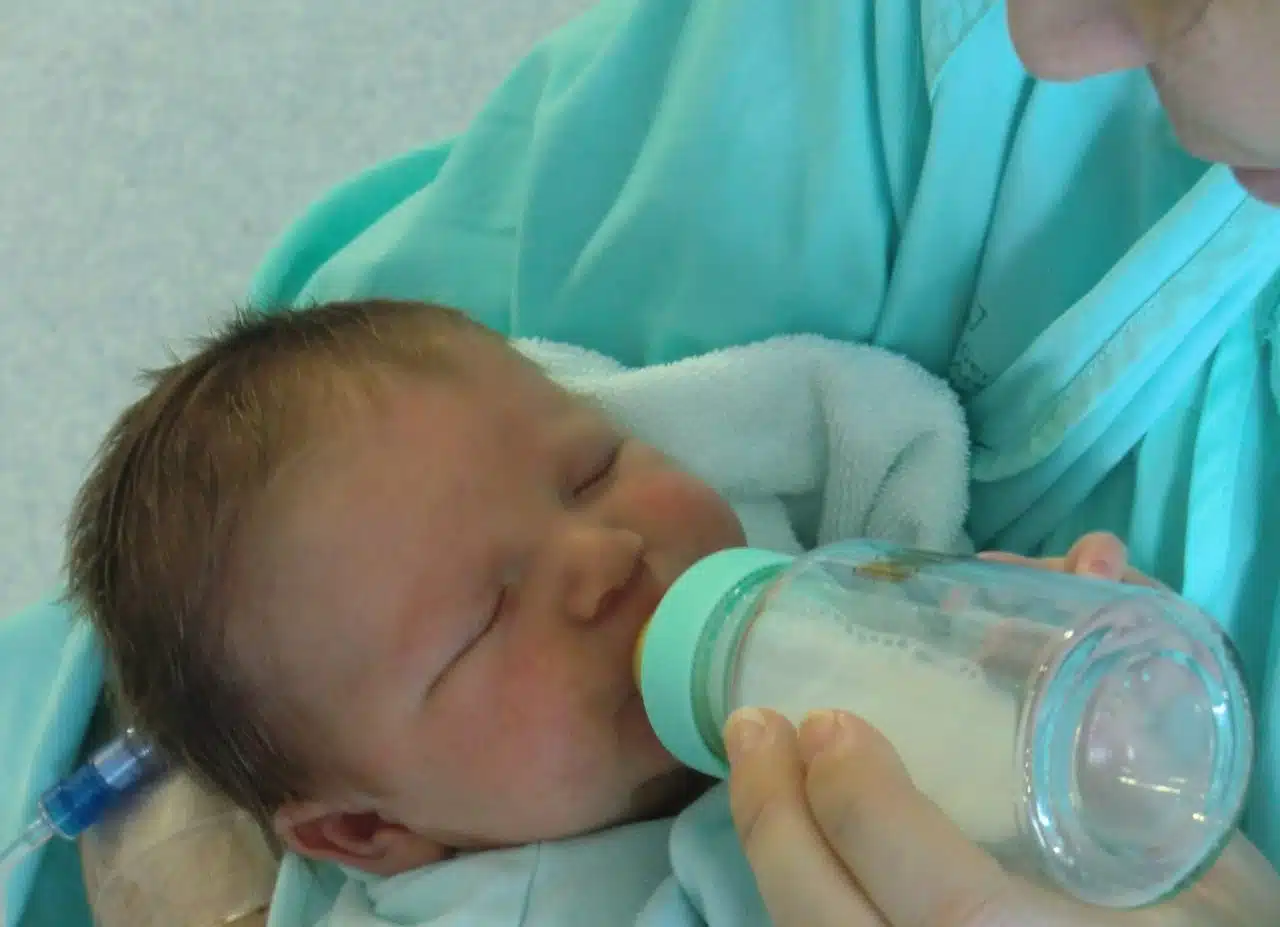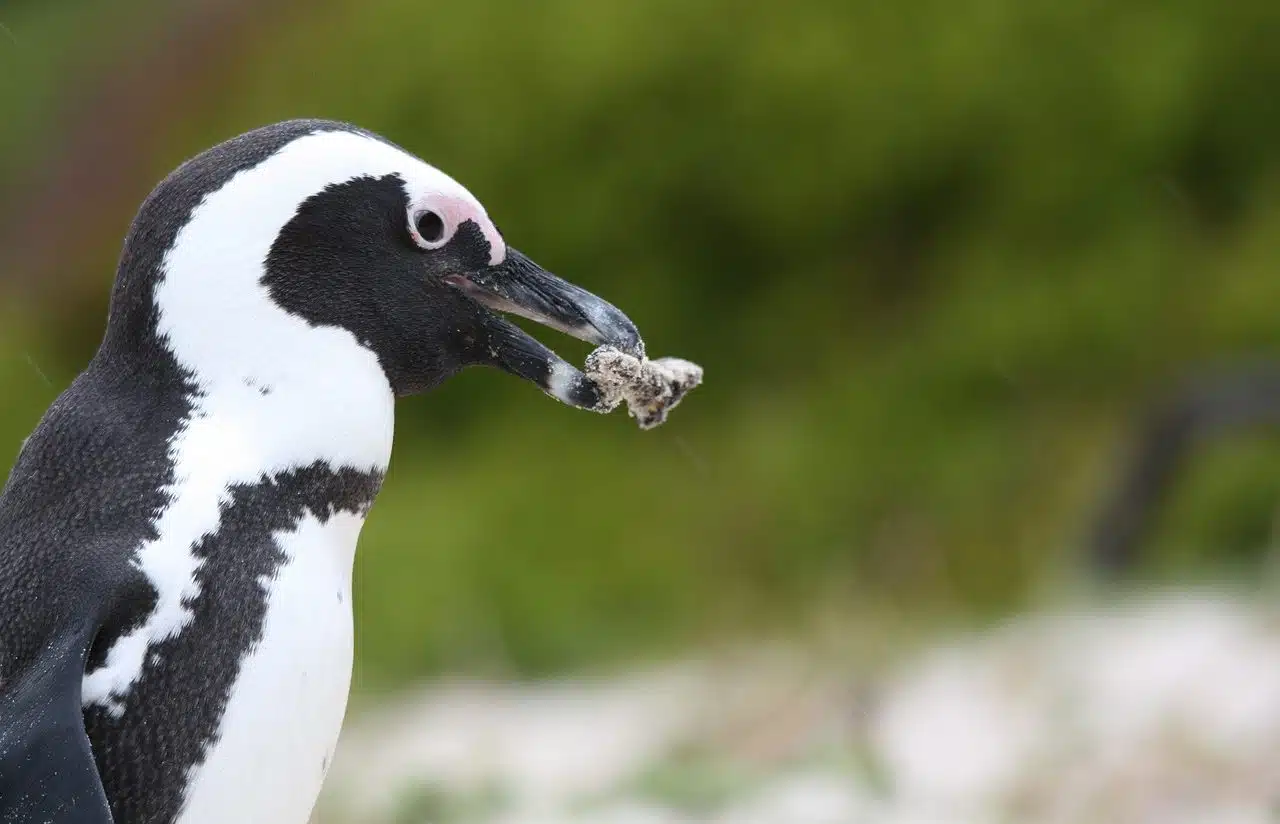
Regurgitation is normal in babies.
Regurgitation is the process and result of regurgitating . This verb refers to expelling different substances that were lodged in the stomach or esophagus through the mouth , without the need to vomit or make an effort.
In humans , regurgitation is normal in babies. This is due to various reasons: the gastroesophageal sphincter is not yet well fixed in the upper stomach region, the stomach fills too quickly or the baby "swallows" air. That is why it is common for children up to approximately seven months to regurgitate the milk they ingest through both their mouth and nose.
Regurgitation in babies
It is important to note that regurgitation does not cause discomfort to the baby or represent a danger to him; Furthermore, it cannot cause suffocation if it occurs while lying down. So much so that the real problem is as superficial as the fact that he soils his own clothes or his mother's, which is why it is normal to put a small towel near his mouth after each feeding.
During the first weeks of life, children usually regurgitate after each meal, within a period of no more than an hour. However, when they begin to sit up, which occurs at approximately six months, the frequency of this phenomenon decreases noticeably and eventually disappears once they reach one year, or even a couple of months before.
Techniques to minimize them
Although regurgitation is normal in newborn children, in some cases it occurs too frequently, which may lead to medical intervention and the application of certain products. However, before modifying your diet , it is usually recommended to practice some of the various techniques designed to minimize regurgitation, some of which are listed below:
- Feed them before they become too hungry.
- Avoid all types of distractions, violent noises and interruptions during shots.
- In the case of using a bottle, cause several burps throughout each feeding, in periods of approximately five minutes. This should not be practiced if they breastfeed and have good posture , since they do not swallow air.
- Avoid letting them lie down while feeding.
- If children let go of the bottle or breast, it is not advisable to insist, as this usually indicates that they have ingested a sufficient amount and it is likely that regurgitation will take place to expel the excess.
- When using a bottle, it is important to choose a suitable nipple, whose hole has a moderate diameter, so that the milk does not flow excessively. To test the quality of the nipple, simply place the bottle upside down and make sure that it does not come out in a stream, but rather in drops.
- Avoid games after feedings.
- Make sure the crib is slightly inclined, with the end of the head higher than the end of the feet, to avoid regurgitation while sleeping.
In adults, however, regurgitation reveals a health disorder. The phenomenon may be due to increased abdominal pressure, a hiatal hernia or the development of achalasia, for example.

There are animals that resort to regurgitation to feed their young.
Regurgitation in animals
Animals , for their part, resort to regurgitation for various reasons. Species like the penguin regurgitate some of the food to feed their young. In this way, the babies receive the already digested food directly in their beak.
Vultures , owls and other species of birds are responsible for regurgitating the bones, hair and other parts of their prey that they cannot digest. What they expel through regurgitation is known as a pellet , a type of ball formed by these expelled substances.
